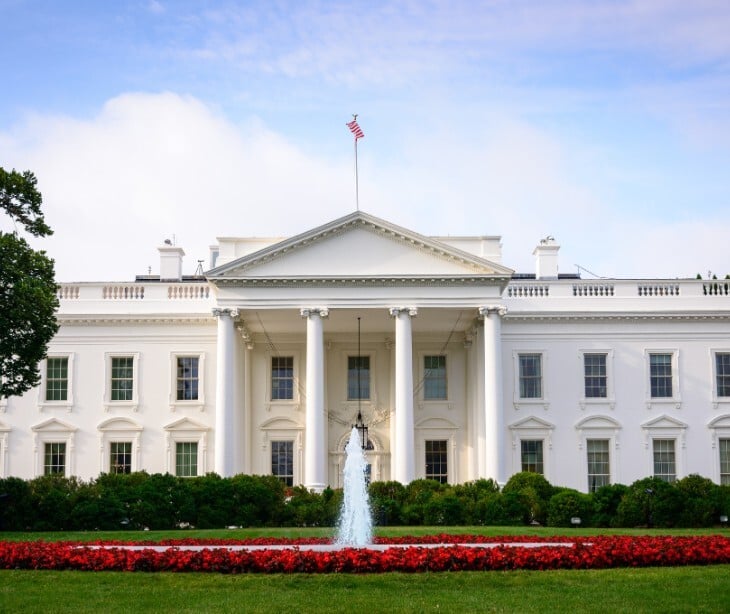
The White House released an action plan on July 23 with more than 90 policy recommendations to expand artificial intelligence use, following January's executive order on removing AI barriers.
What happened
The White House released an action plan on July 23, 2025, containing over 90 policy recommendations designed to expand artificial intelligence use across various sectors. The plan stems from the administration's January 23 executive order titled "Removing Barriers to American Leadership in Artificial Intelligence." The recommendations organize around three core pillars: accelerating innovation, building American AI infrastructure, and leading in international diplomacy and security. The action plan proposes launching sector-specific efforts, including healthcare initiatives, to bring together stakeholders and accelerate the development and adoption of national AI system standards. The plan also calls for testing AI system pilots in real-world healthcare and other sector settings through regulatory sandboxes and AI centers of excellence.
Going deeper
The action plan includes several key policy recommendations beyond healthcare applications:
- Removing federal regulations that hinder AI development and deployment
- Expediting permits for building data centers and semiconductor facilities
- Expanding AI literacy and skills for education and workforce training
- Bolstering critical infrastructure cybersecurity related to AI systems
- Creating regulatory sandboxes for real-world AI testing
- Establishing AI centers of excellence across multiple sectors
What was said
President Trump emphasized the national security importance of AI leadership, stating: "Today, a new frontier of scientific discovery lies before us, defined by transformative technologies such as artificial intelligence... Breakthroughs in these fields have the potential to reshape the global balance of power, spark entirely new industries, and revolutionize the way we live and work. As our global competitors race to exploit these technologies, it is a national security imperative for the United States to achieve and maintain unquestioned and unchallenged global technological dominance. To secure our future, we must harness the full power of American innovation."
Why it matters
This action plan represents a federal commitment to healthcare AI advancement at a time when the industry grapples with implementing AI while maintaining HIPAA compliance and patient data security. The healthcare sector-specific approach acknowledges that medical AI applications require specialized standards and testing protocols different from other industries. The regulatory sandbox concept could provide healthcare organizations with clearer pathways to pilot AI technologies without fear of compliance violations, potentially accelerating the adoption of beneficial AI tools for patient care while ensuring proper safeguards remain in place.
The bottom line
Healthcare organizations should monitor the development of these sector-specific AI standards and consider how regulatory sandboxes might provide opportunities to test AI innovations. As federal AI policy evolves, staying informed about compliance requirements and available testing frameworks will be crucial for healthcare entities looking to leverage AI while maintaining HIPAA compliance and patient trust.
FAQs
What sectors beyond healthcare are expected to benefit from the AI action plan?
The plan targets multiple sectors, including education, cybersecurity, and national security.
What are regulatory sandboxes in the context of AI?
They are controlled testing environments where AI technologies can be piloted without full regulatory compliance burdens.
How will the plan address workforce challenges created by AI adoption?
It includes initiatives for expanding AI literacy, education, and workforce training programs.
What role do AI centers of excellence play?
They aim to bring together experts and stakeholders to develop and implement best practices for AI across industries.




